Beyond the well-known land of Transylvania, home to Dracula, there are many places to visit in Romania. Tucked away in the northern Balkans, Romania is a land of contrasts and unbelievable natural beauty. While the capital city of Bucharest buzzes with frenzied energy, the surrounding landscape is peppered with medieval villages and peaceful monasteries which seem to have stood still for centuries.
In Transylvania, gothic castles such as Bran Castle, Rasnov or Peles perch dramatically on rocky outcrops. Places like Brasov, Caciulata and Poiana Brasov are the Carpathian Mountains are a beacon for hikers, cyclists and skiers. To the south, the Danube Delta is a unique haven of flora and fauna, while the resorts along the Black Sea draw sun-seekers and party-goers.
With such a plenitude of riches here’s a look at the best places to visit in Romania, “The Land of Dracula”.
1. Danube Delta
The mighty Danube River flows from its springs in Germany’s the Black Forest to the Black Sea. Just before reaching the sea, the river splits into three channels: the Chilia, Sulina and Sfântu Gheorghe arms, creating the Danube Delta – a UNESCO World Heritage Site and Romania’s top attraction.
The constantly evolving wetland of marshes, reed islands, tree-fringed lakes and sandbars is a sanctuary for 300 species of birds including cormorants, white-tailed eagles and glossy ibises. But it’s not just birds that reside in this untouched wilderness. The Delta has the third largest biodiversity in the world with over 5,500 flora and fauna species, exceeded only by the Great Barrier Reef and the Galapagos archipelago.
The only way to explore the Delta is by boat, and Tulcea, located at the tip of the three channels, is a great starting point. Many of the guesthouses and hotels peppered along the channels have small boats for hire, but to get under the surface of the Delta, you’ll need a tour guide. You can book a guided tour to the Danube Delta here.
Some of the Danube’s highlights include the port of Sulina, one of the oldest human settlements in Romania, small villages like Mila 23 and Crisan, and Letea Forest, the northernmost subtropical forest in Europe. The Delta comes alive in late spring and early summer, with the fishing season running from July to October. However, April and May are considered the best months to visit when the sun is mild and the marshes are not yet inundated with mosquitos.
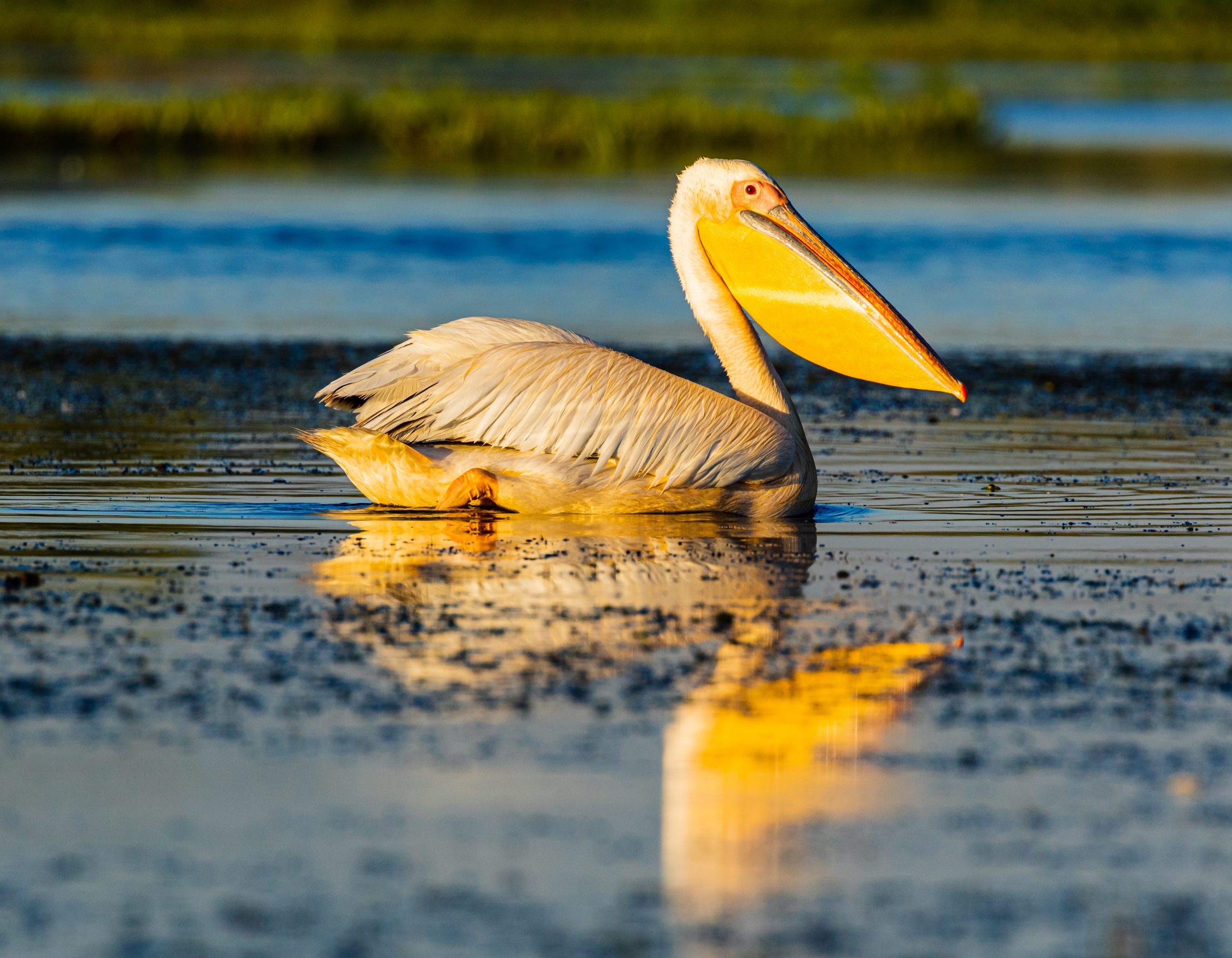
2. Cluj-Napoca
Cluj-Napoca, commonly known as Cluj, is the cultural and historical capital of Transylvania, and Romania’s second-most populous urban centre. While not as well known as Bucharest, this cosmopolitan city is endowed with gothic buildings, bohemian cafes, burgeoning galleries and pretty gardens.
Start your exploration of Cluj from Union Square (Piața Unirii), where you’ll find a cluster of the city’s main attractions, including the gothic cathedral of St. Michael, the statue of Matthias Corvinus and Banffy Palace, home to the National Art Museum which holds more than 200 paintings and 18 sculptures collected over 5 centuries. From here, head to the Old Town Hall and Mirror Street (Iuliu Maniu Street) – the latter being a unique architectural accomplishment dating back to the late 1800s. Smaller streets around the square bring you to inner courts, old houses and isolated churches. Just a 2-minute walk from Union Square, Museum Square has a charm of its own. The oldest square in the city is lined with cafes and is home to a Franciscan church and monastery.
Dubbed the European Youth Capital, Cluj is also known for its lively nightlife, festivals and events, so you’ll want to schedule a lazy morning into your itinerary.
Book a quest around Cluj and enjoy a walking tour to discover the city.
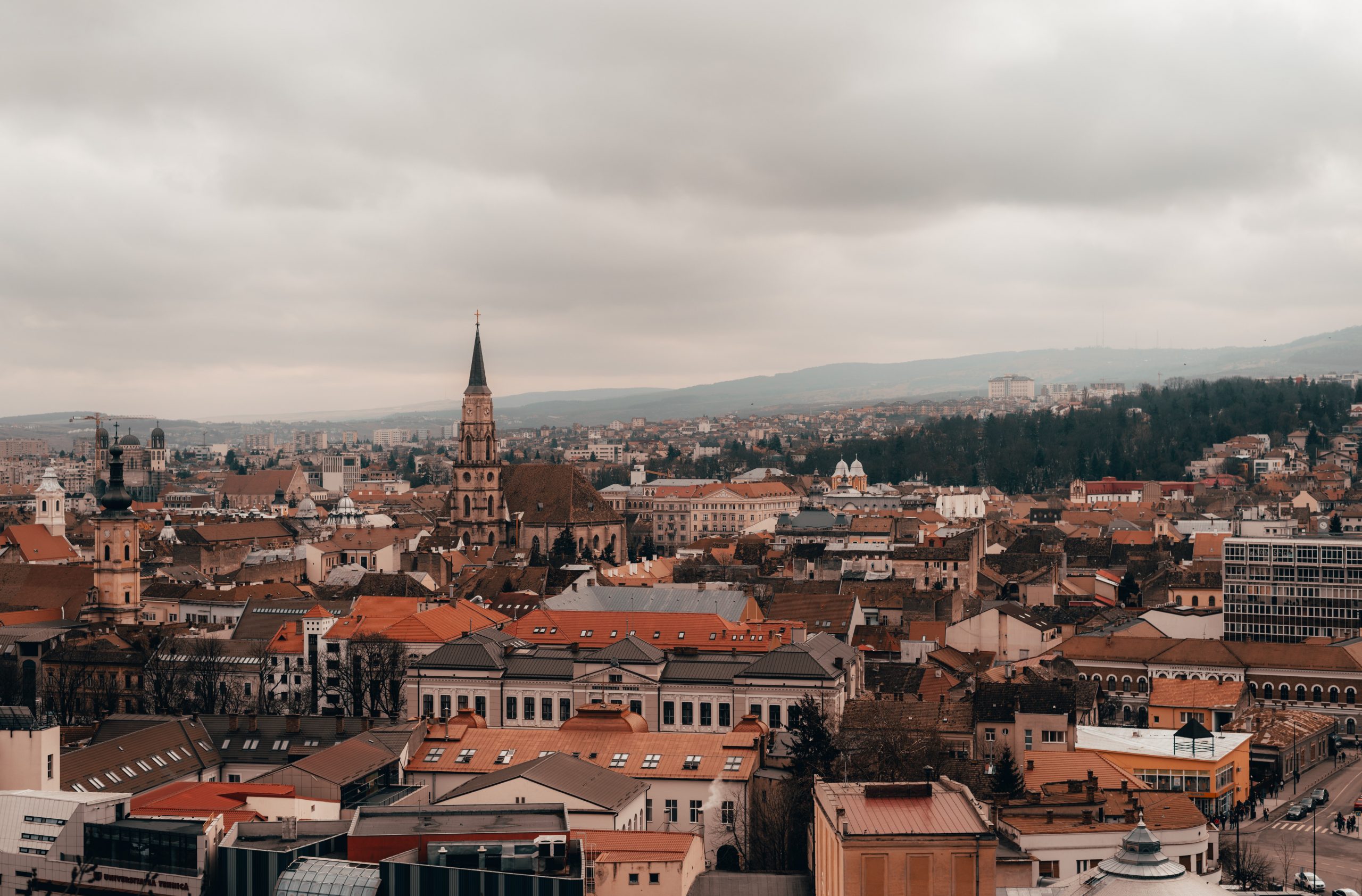
3. Mamaia
One of the best places to see in Romania has to be the gorgeous Mamaia. Set on a narrow sandbar that separates Lake Siutghiol and the Black Sea, Mamaia is one of Romania’s most sought-after beach resorts. But, if you’re seeking a quiet spot of sand, Mamaia is not for you. Every summer, the party capital draws jettersetters and celebrities to its sunny shores to party all day at trendy beach clubs and dance till sunrise in swanky nightspots.
In fact, Mamaia’s nightlife has been likened to that of Miami and Ibiza. Some of the best daytime spots include Loft, Cafe Del Mar, Kudos Beach and PuroBeach Black Sea, where guests can laze by the pool listening to the sounds of a DJ while sipping on refreshing cocktails. When nightfalls, head to Fratelli, Bamboo or the Ego Club where renowned artists keep the crowd dancing until the early hours of the morning.
Book a day trip from Bucharest to the Black Sea.
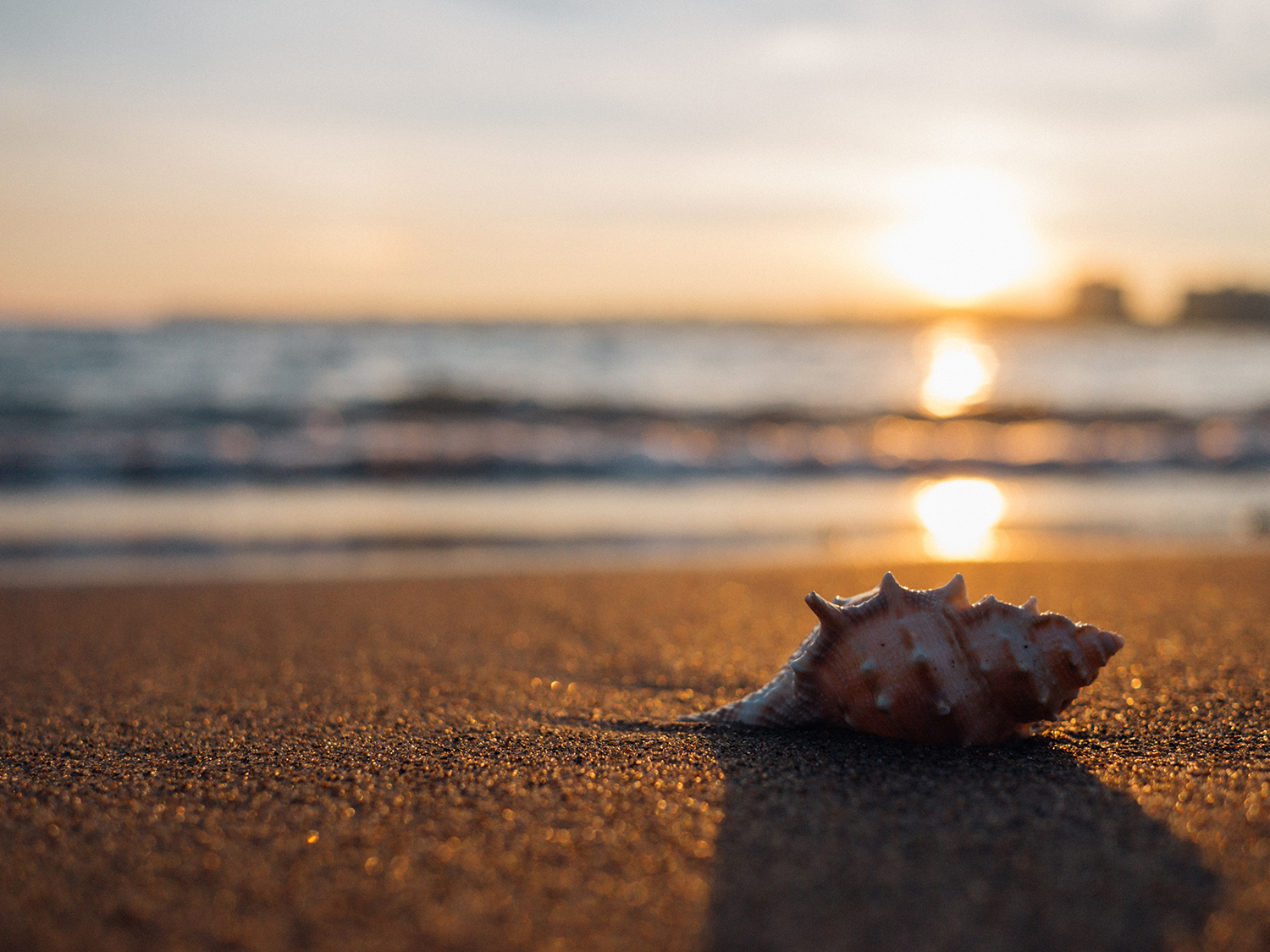
4. Timișoara
Often overlooked in favour of Bucharest or Sibiu, the charming city Timișoara offers the perfect combination of traditional and modern culture. Built around a series of beautifully restored public squares and lavish parks and gardens, the city has been dubbed “Little Vienna” so you can see why it’s one of the most incredible places in Romania. Make sure to add it to your wishlist.
Every visit to Timişoara starts in Victory Square, which stretches from the Opera House to Loga boulevard and is home to some of the city’s most interesting buildings. At one end of the square, the imposing Orthodox Cathedral towers above the plaza with a Disney-like exterior and an interior dripping with gold. In its shadows, the Memorial Museum keeps the memory of the 1989 Romanian Revolution alive. This central locale is also a popular haunt for coffee aficionados who come to relax in the quaint cafes and watch the world go by. Stroll over to Union Square (Piața Unirii), the city’s old town, where you’ll find a series of colourful baroque buildings, as well as the Catholic Dome, the Baroque Palace and the Serbian Church. Sandwiched between Union and Victory plazas, Liberty Square is surrounded by its collection of important buildings including the Casino Military Museum, Monument St. Mary and St. Ioan Nepomuk and the Old City Hall.
The city maintains a gorgeous array of green spaces, such as the Botanical Park and Roses Park, the latter considered the most beautiful. Walk along the canopied waterway or make your way lazily down the river on a pedalo.
Want to explore Timisoara like a local? Book a Timisoara Sightseeing Tour here.
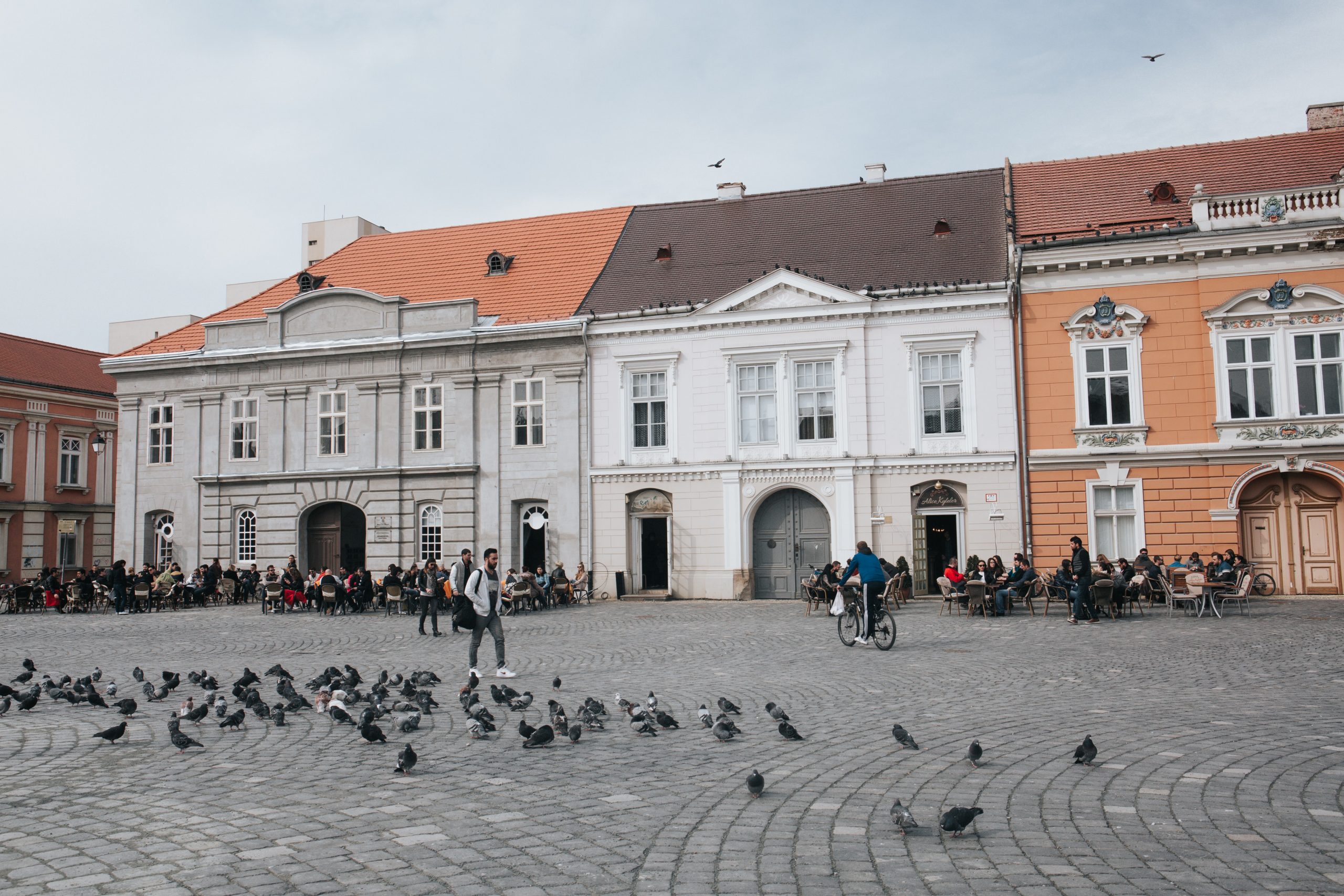
5. Bucharest
No trip to Romania is complete without a visit to its bustling capital, Bucharest. Though much of the capital was destroyed by former dictator Nicolae Ceauşescu, today Bucharest looks brighter and more optimistic. Here, imposing socialist architecture gives way to beautiful art novelist buildings, ancient churches and monasteries.
If there’s one place that you simply cannot miss in Bucharest, it’s the Palace of the Parliament, the second-largest administrative building in the world after the Pentagon. Constructed at Ceauşescu’s behest, the scale of the building is mind-boggling. Take an hour-long tour inside to see a small fraction of the monument’s 1000-plus rooms and to marvel at the ornate interiors.
Tip: Make sure to get tickets online to visit Casa Poporului in advance. Bring your passport or ID card as you won’t be able to enter the building otherwise.
After decades of neglect, major renovation works have breathed a new life into Bucharest’s Old Town. Glittering buildings have been cleaned up, formally abandoned shops have reopened their doors, and historical monuments have been restored. The pedestrianised streets of the old town, lined with outdoor terraces, restaurants and bars, has become the city’s go-to party district.
At the heart of the Old Town, rows of fountains lead from Unity Square to the Palace of the Parliament. Known locally as Piața Revoluției, Unity Square was a focal point for the fighting during the 1989 revolution. On the far side of the square stands the former Royal Palace, the stunning Romanian Athenaeum and the historic Athenee Palace Hotel. At the south end of the square, you’ll find the quaint Kretzulescu Church.
Tip: Bucharest is full of options and if you want to first explore with a local, I recommend booking this popular pub crawl in the Old Town.
If you still have time, the National Museum of Romanian History and the Museum of Romanian Peasant are both well worth a visit.
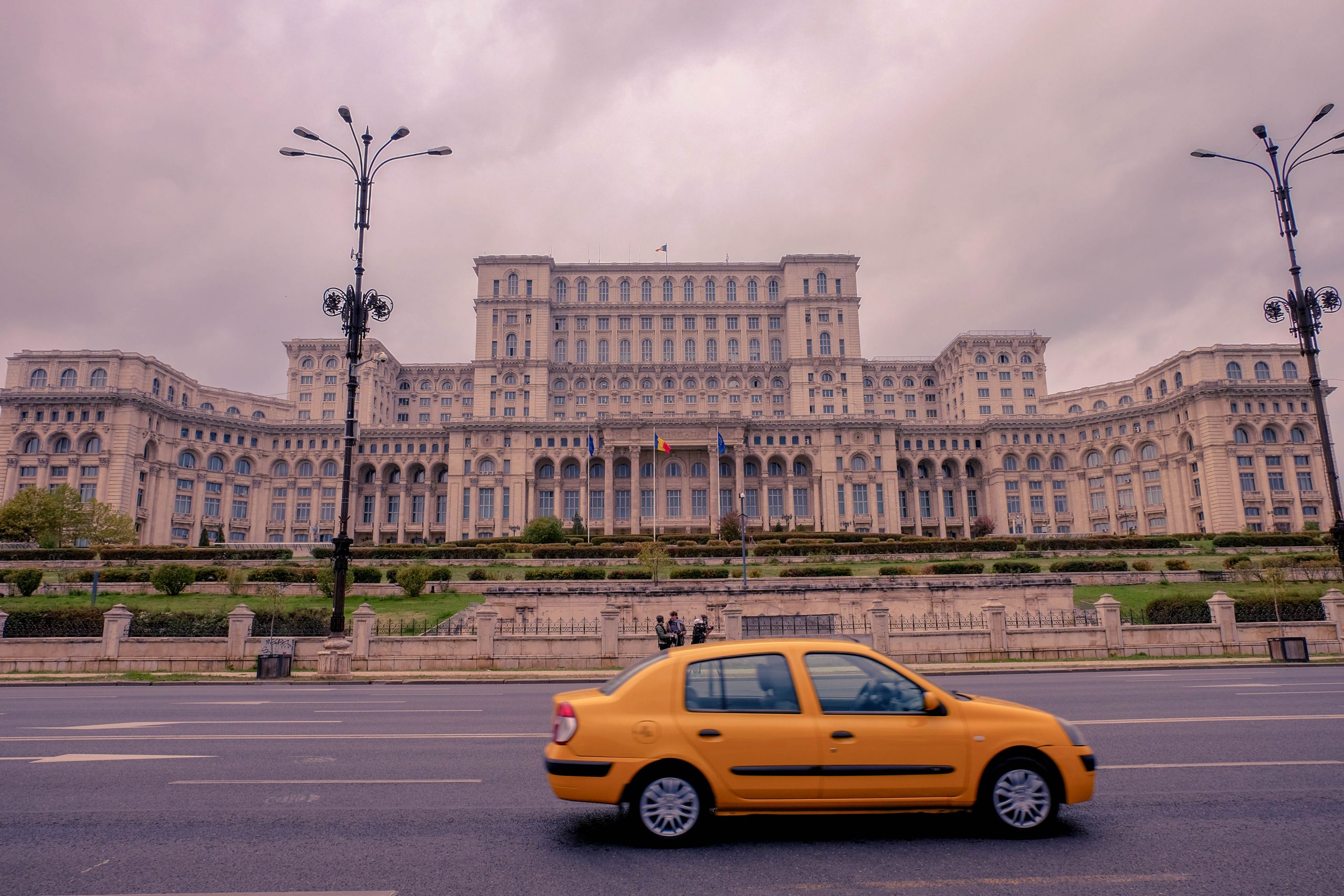
6. Sinaia
Nestled in the foothills of the Bucegi Mountains, the small village of Sinaia might seem like a humble place with not much to boast, but dig a little deeper and you’ll discover a wealth of historic wonders.
When King Carol I of Romania visited the small village in the late 60s, he fell in love with its scenic location and commissioned a summer retreat there. The resulting palace, Peleş Castle, is easily one of the most stunning in all of Europe. Visitors to the Neo-Renaissance castle swoon over its fairytale turrets, hidden laneways and classical statues.
Book a tour to see Peleş Castle as a day trip!
Just minutes from Peleş Castle, the centuries-old Sinaia Monastery is a stunning example of religious art. The spiritual retreat is a complex of two courtyards, each with a small church at its centre. The main church is a marvel of colourful paintings and mosaics depicting stories of St. Catherine. A small history museum exhibits inscriptions of the first roman translations of the bible.
Sinaia’s location in the Prahova Valley lends itself perfectly to a multitude of outdoor activities, from hiking to skiing and snowboarding and definitely one of the most marvellous places to visit in Romania.
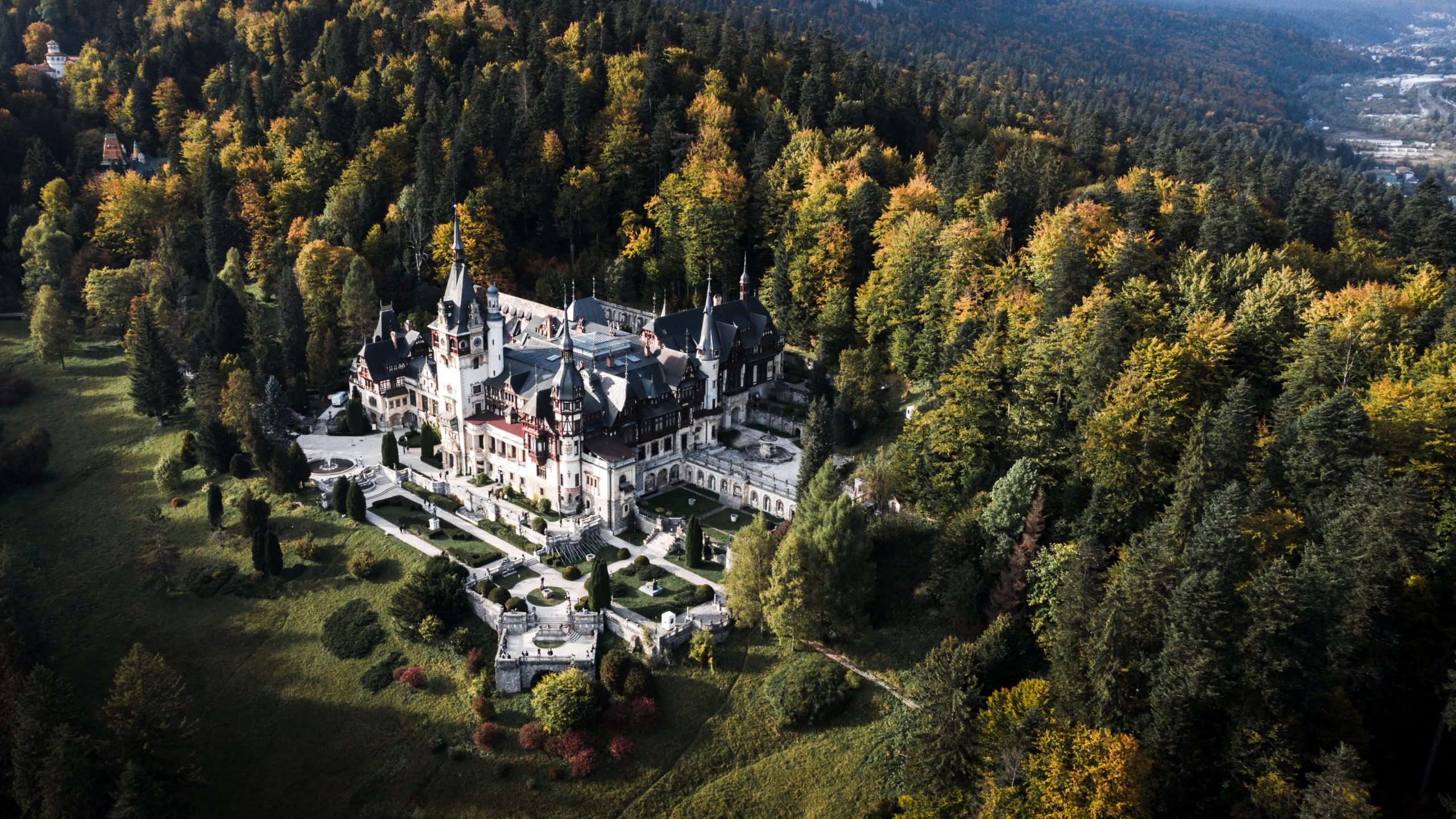
7. Brașov
Nestled into the Carpathian Mountains, in the heart of Transylvania, the medieval town of Brașov has a colourful history, having been the prize of many wars fought over the centuries. But, while it might feel like a small town amid the mountains, Brașov perfectly blends old world charm with modern city life.
Brașov’s showpiece, Piața Sfatului, has been the heart of the city for over 500 years. While the square once served as a public execution ground, today you’ll find very little trace of its grim history. Instead, modern cafe life buzzes against a background of Saxon architecture. At the centre of the square stands the Council House topped by Trumpeter’s Tower, while the cobblestone streets lead you on a stroll past patios and boutique shops selling wonderful Romanian souvenirs.
Brașov’s most prominent landmark, the Black Church, towers above the old town, living up to its tall status as the largest gothic church in Eastern Europe. This gorgeous 14th-century gothic cathedral was given its name after a fire nearly devoured its interior and exterior in 1689. But there’s another lofty landmark that you’re unlikely to miss. Proudly displaying the city’s name, the Hollywood-style sign hovers above the skyline on Tampa Mountain. Hike to or take the cable car up the mountain where you’ll be rewarded with the best views of the city. Allow an hour to reach the top of the mountain on foot.
See Brasov like a local and book a city tour of Brasov to learn more about its history.
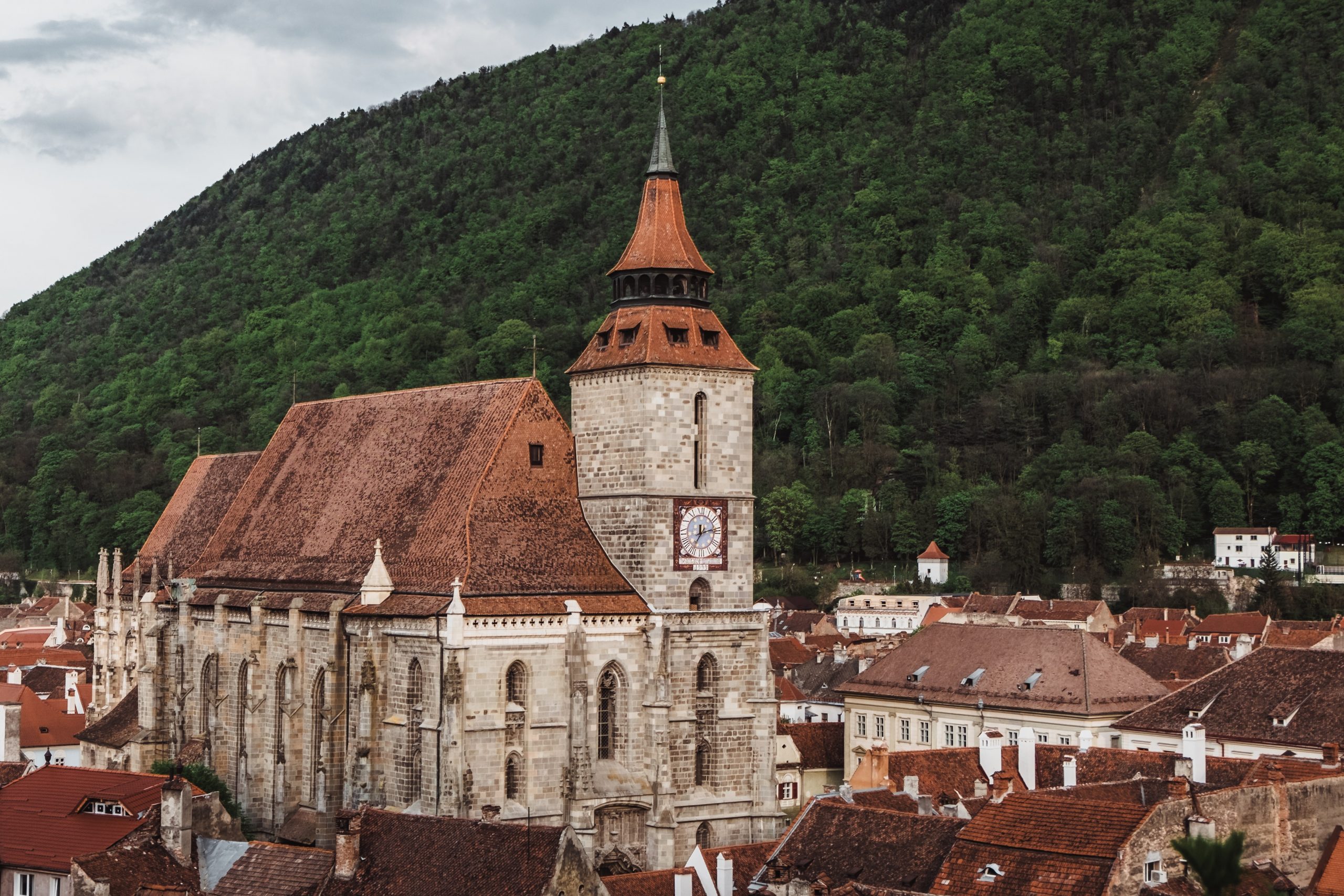
8. Bucovina
In northern Romania, in a region historically known as Bucovina, a collection of eight painted monasteries make up the Churches of Moldovia, a UNESCO World Heritage Site and a wonderful place to visit in in the country.
The beautiful legacy of the Byzantine era, these unique houses of worship are intricately adorned with elaborate frescoes and murals, depicting colourful biblical tales. But these masterpieces are far from being merely wall decorations. The buildings were commissioned in the 15th century by Stephen the Great. At that time, many of the villagers were illiterate, so the church covered the buildings with graphic paintings and murals to teach religious themes. Visitors to the churches will probably encounter nuns and monks beating a stick on a wooden board to announce prayer time.
The most famous of the eight churches is the Voronet Monastery, also known as the “Sistine Chapel of the East”. It’s believed that the monastery was built in just 4 months. Every inch of the church is covered in vibrant blue frescoes illustrating the “Annunciation,” the “Last Judgment,” and “the Tree of Jesse.”
Suceava is the closest city to the monasteries and can be reached by air or rail from Bucharest.
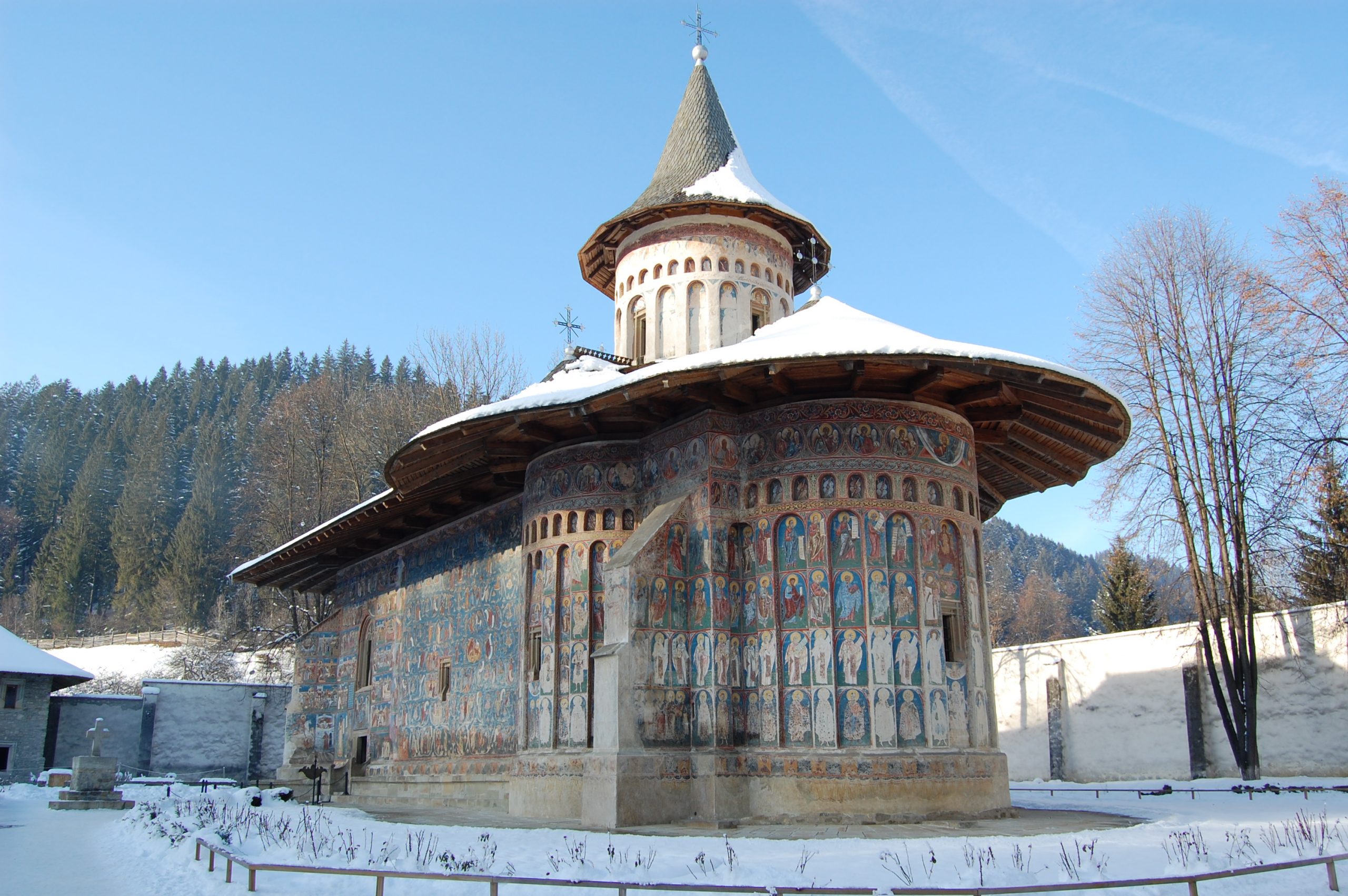
9. Sighișoara
Located in Mures County, Sighișoara lures romantics with its pastel-coloured buildings, stony lanes and medieval towers – an image made even more fairytale-like by horse-drawn carriages. The city is one of Romania’s 7 citadels built by the Saxons in the 12th century, and in 1999, the historical centre was inscribed as a UNESCO World Heritage site making it one of the best places in Romania. Sighișoara’s main attractions lie within the confines of the old city walls, making it easy to explore by foot. At the centre of the historic centre lies the fortress square, Piața Cetății, lined with restaurants and cafes. On the edge of the square, the Clock Tower looms over Sighișoara, displaying a perfect example of Saxon craftsmanship. From here, climb the Scholar’s Stairway to the fortified Church on the Hill, where you’ll be rewarded with great views of the city.
Behind the city’s pretty exterior lurks the legend of Vlad Dracula, who was reputedly born in a house just steps from the iconic Clock Tower. Dracula fans can tour his birthplace, which currently stands as a museum and restaurant.
Book your Sighisoara exploration tour here.
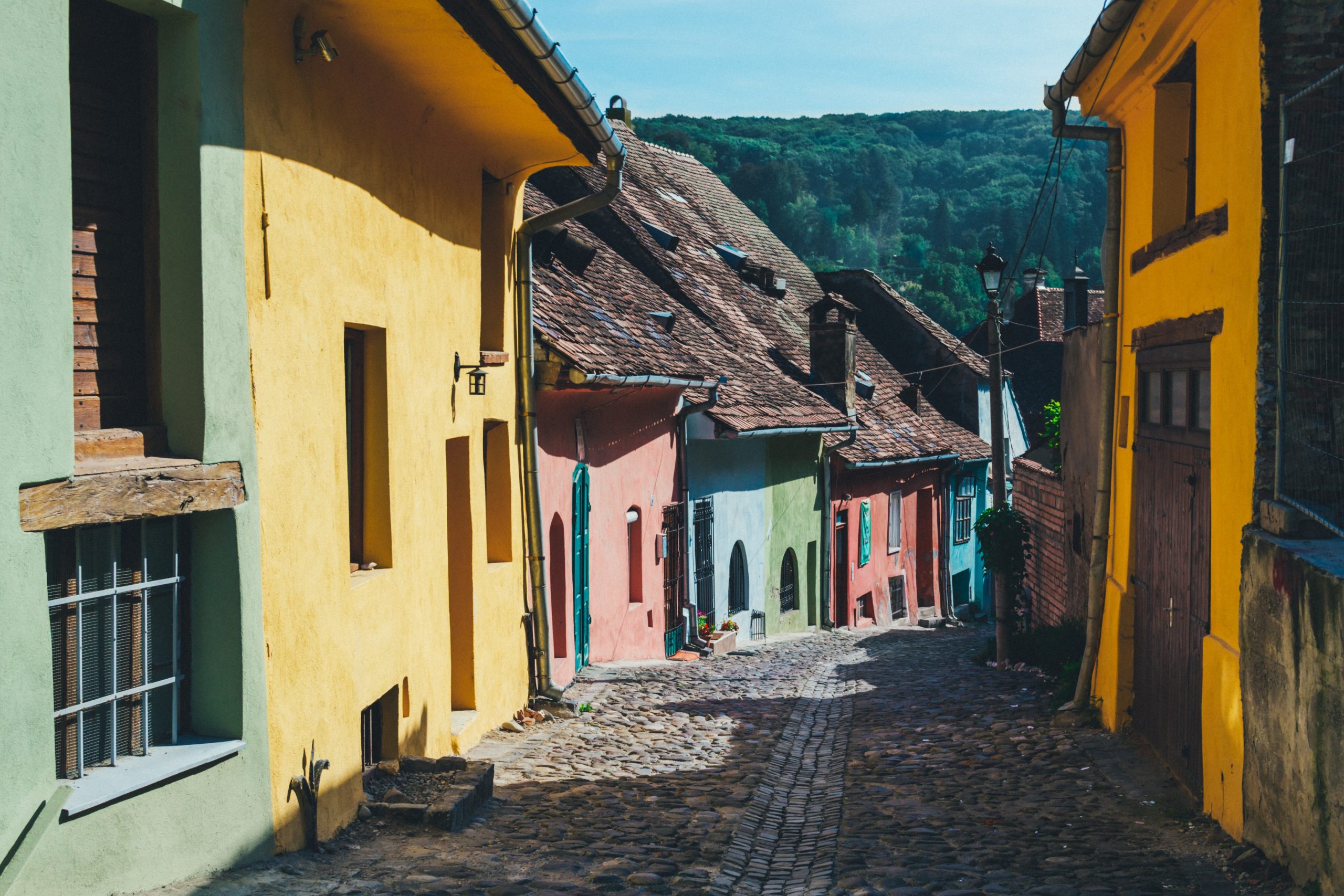
10. Sibiu
It’s little wonder that this Transylvanian gem is considered one of the most beautiful places to visit in Romania. As you stroll Sibiu’s medieval old town, you’ll feel like you’ve stepped back to a bygone era. Colourful houses line a maze of cobblestone streets that spill out onto squares dominated by ancient churches, all of which are bound by the remarkable remains of imposing walls and fortified towers. Sibiu’s architecture has roots in its colourful history. Don’t be alarmed if you feel like you’re being watched: You are. Sibiu is known as the “city with eyes”. The gothic-style buildings reflect the Hungarian-German influence and many carry a common feature in their tiled rooftop: oddly shaped windows that resemble tired yet watchful eyes.
Surrounded by beautiful buildings, the Great Square (Piața Mare) has established itself as Old Town’s most prominent landmark. Here, you’ll find the Brukenthal Palace, the striking Council Tower and the Roman-Catholic Church. But there are two other beautiful squares – Piața Mica (Small Square) and Piața Huet – which are also connected by narrow passageways.
Next to the Small Square, connecting Upper Town with Lower Town, the Bridge of Lies is another pride of the city. Legend has it that the bridge moves and creaks when somebody tells a lie while on it.
Don’t forget to book your Sibiu: Medieval Exploration Game and Tour to discover the city.
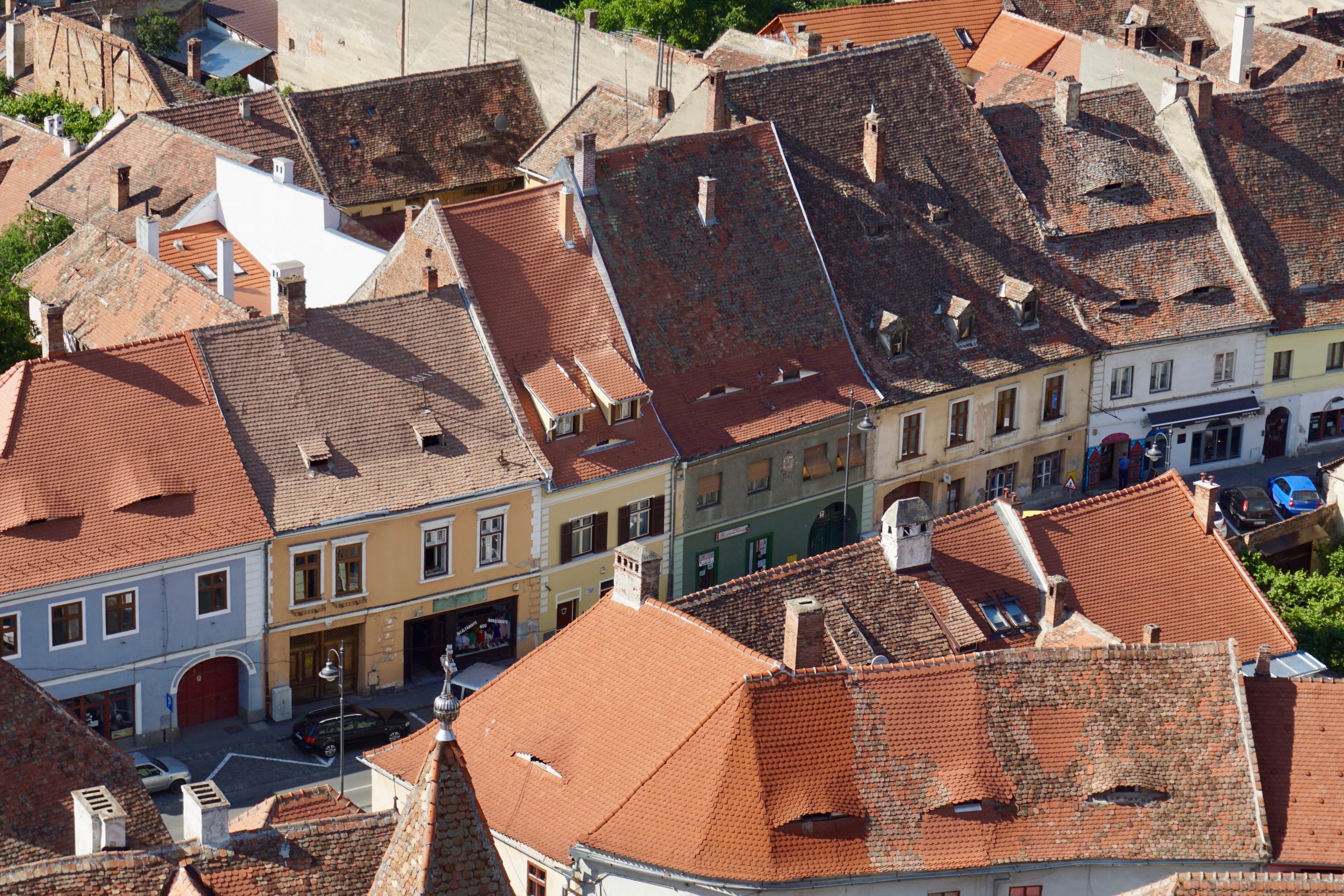
With so many wonderful places to visit in Romania, you can see why more and more tourists are choosing this country as their next travel destination. If you love driving, you should try the Transfagarasan and the Transalpina roads as they are fantastic attractions!
Known for its incredible biodiversity, stunning mountains, medieval towns and delicious food, Romania is a must for your travel wishlist. Don’t forget to share your travel plans with us in the comments section below.

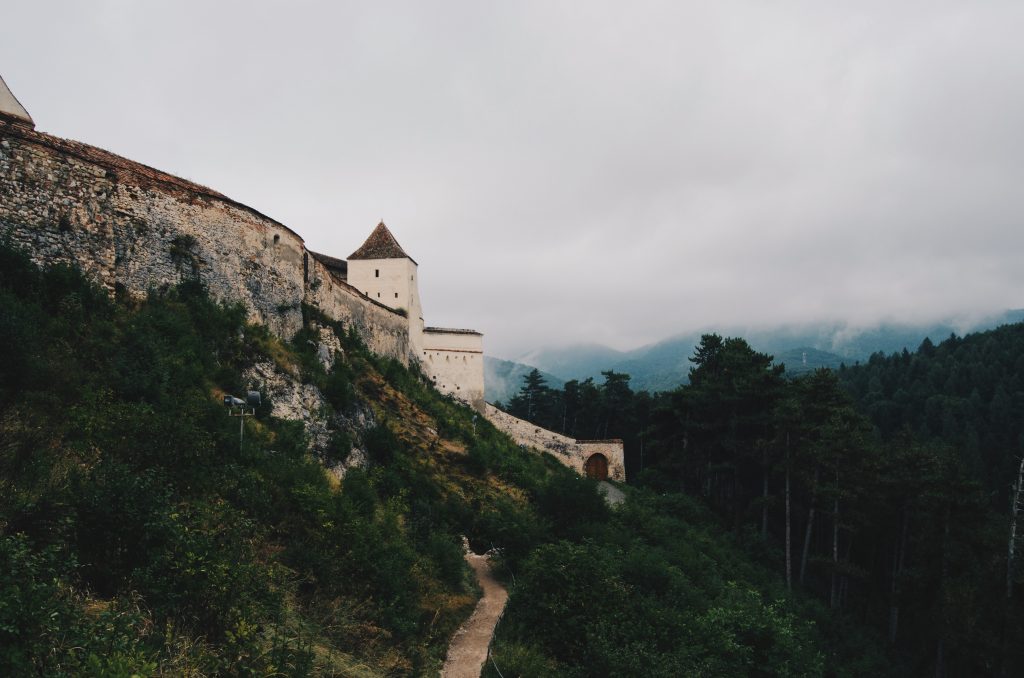
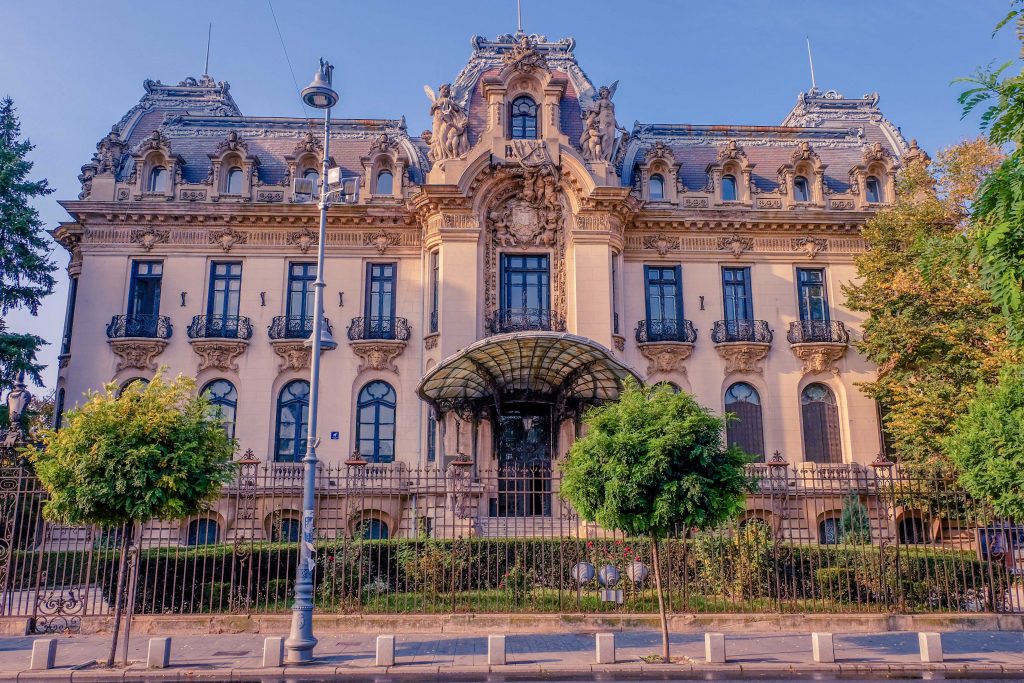
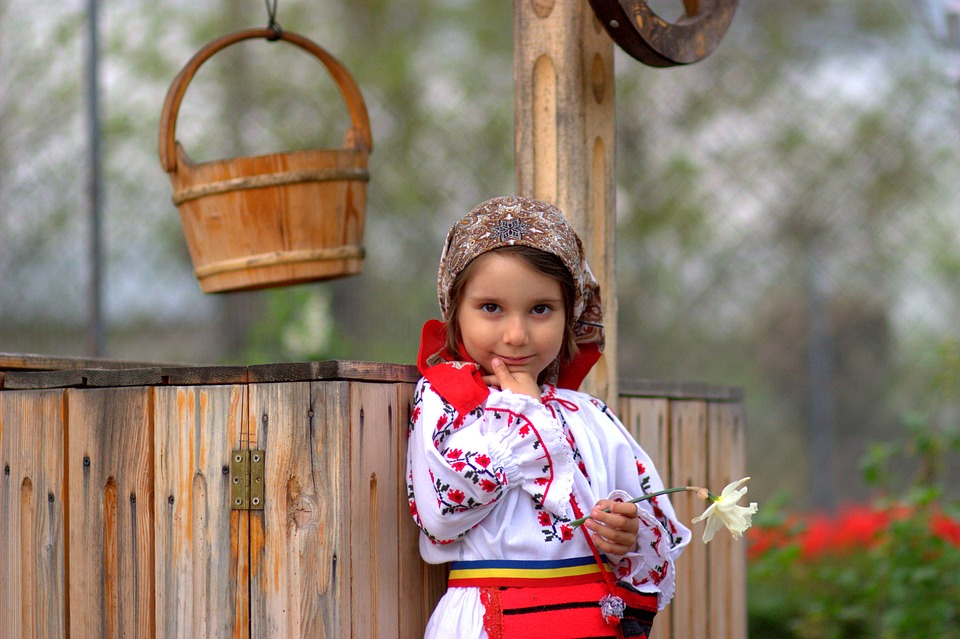
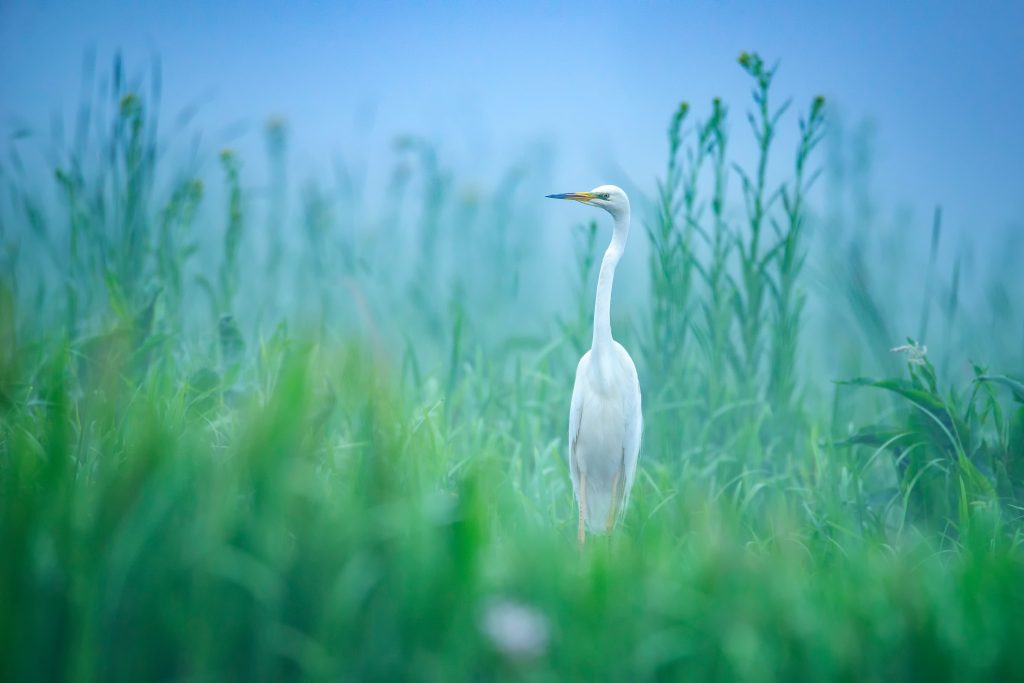
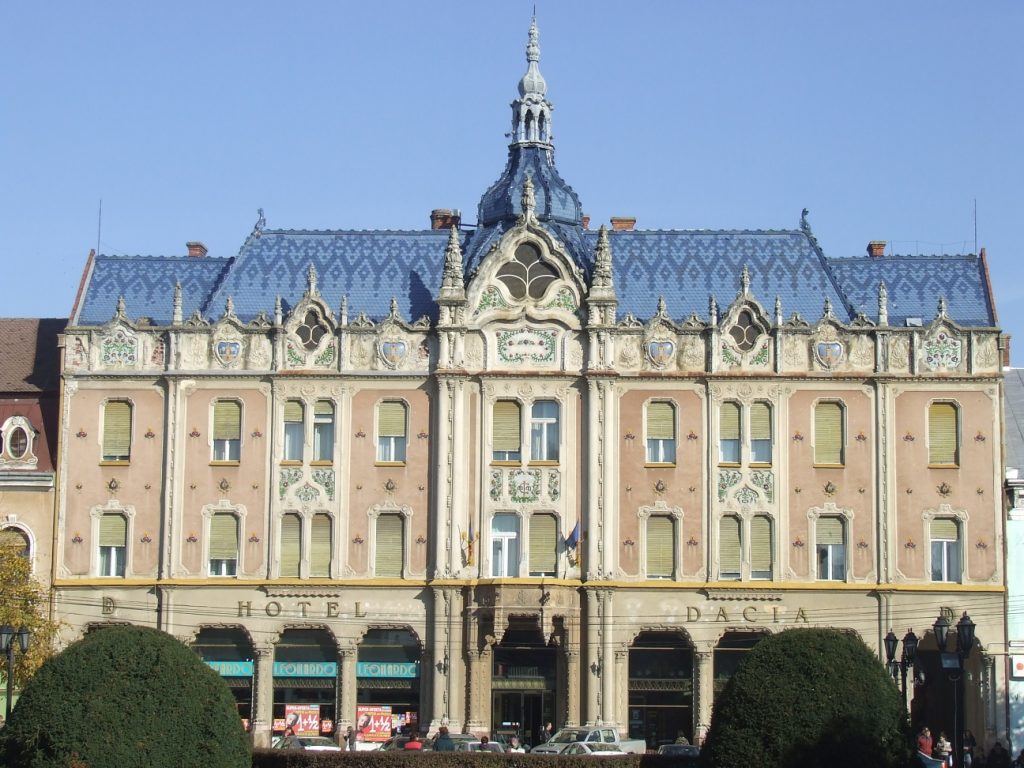
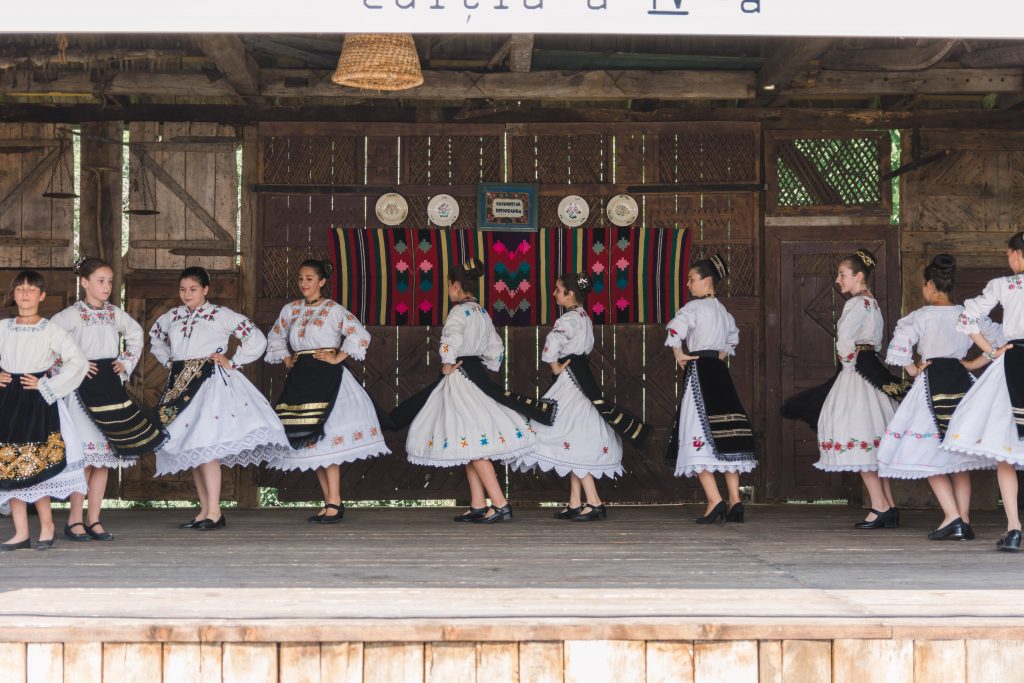


Leave a Reply